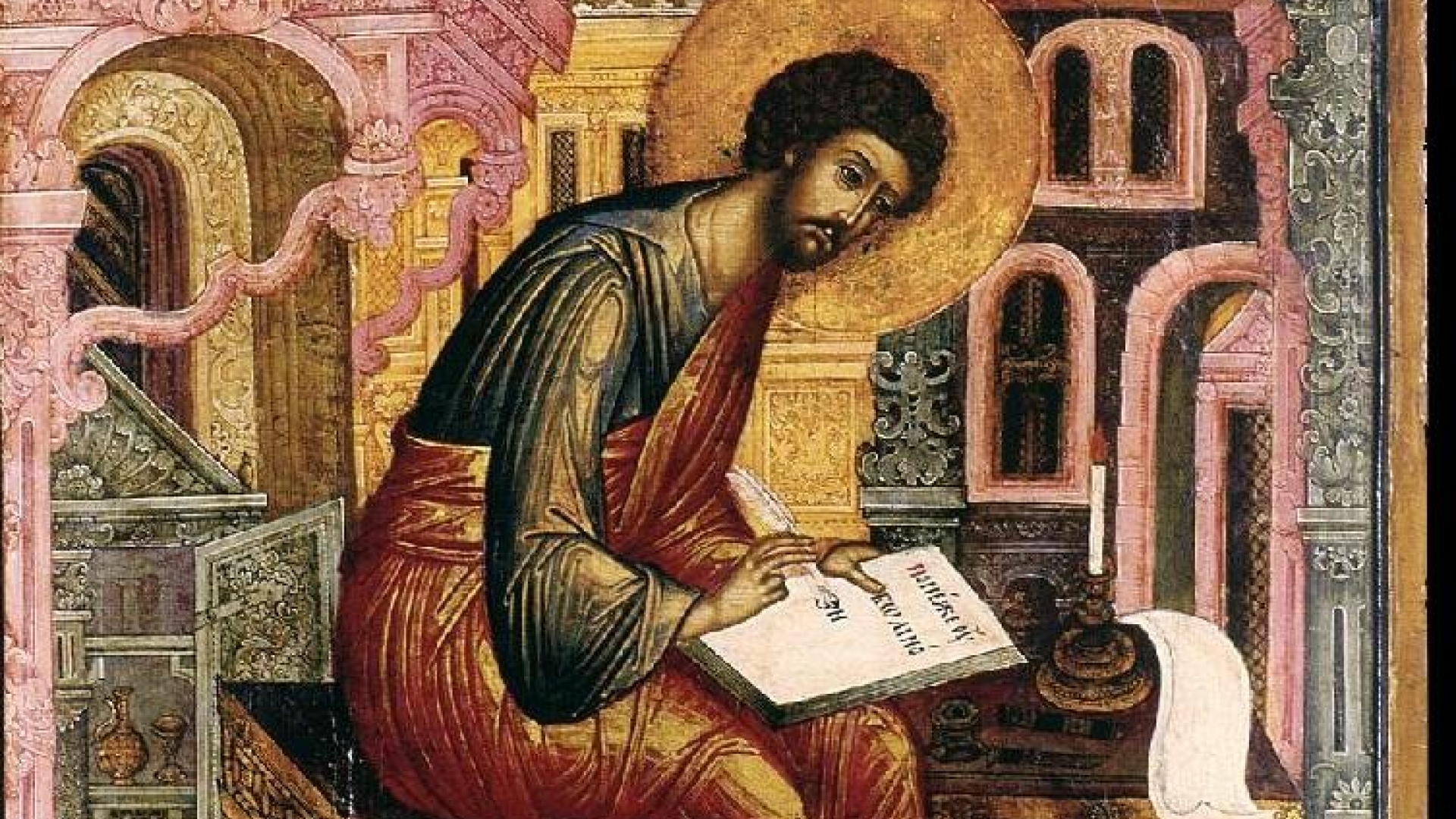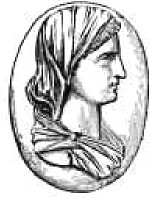The opening verses of the Gospel of Luke (Luke 1:1-4) present a fascinating—and often overlooked—acknowledgment of something that feels strikingly close to revisionism. Consider the text:
“Forasmuch as many have taken in hand to set forth in order a declaration of those things which are most surely believed among us, Even as they delivered them unto us, which from the beginning were eyewitnesses, and ministers of the word; It seemed good to me also, having had perfect understanding of all things from the very first, to write unto thee in order, most excellent Theophilus, That thou mightest know the certainty of those things, wherein thou hast been instructed.”
At first glance, these words appear to be a humble acknowledgment by the author, possibly Theophilus of Antioch, traditionally attributed as the writer of the Gospel of Luke, as merely compiling information. However, upon deeper examination, particularly within the historical context, they convey a different tone—one of strategic positioning. The author of Luke essentially admits to reworking accounts written by others. In particular, we know that Luke heavily relies on the Gospels of Mark and Matthew, raising questions about the integrity of this endeavor from the outset.
The “Faux Gospel” Problem
Why would the author of Luke feel compelled to justify or explain the necessity of compiling yet another gospel narrative? The mention of “many” who have undertaken this task implies that numerous accounts of Jesus’s life were already in circulation, prompting us to question why the author of Luke needed to produce another one.
This becomes even more intriguing when considering that our Marcionite gospel, the Evangelicon, or the Gospel of the Lord Jesus Christ, closely resembles the Gospel of Luke. Catholic Church Fathers accused Marcion of corrupting the true gospels to produce his version. However, this accusation raises an interesting counterpoint: if the Gospel of Luke openly admits to being built upon earlier narratives, is it truly different from what the Catholic Church Fathers accused Marcion of Sinope of doing? One could argue that the author of Luke was engaged in a similar process—shaping the tradition to fit a Catholic narrative, essentially engaging in revisionism in reverse.
The Marcionite “Apostolic” Tradition
Marcion of Sinope referred to his canon as “apostolic,” but his use of the term differed from that of Irenaeus and the later Catholic tradition. For us Marcionites, “apostolic” means directly tied to the Apostle Paul, whom we consider the central and sole legitimate interpreter of Christ’s message. However, for Irenaeus, “apostolic” took on a broader meaning, encompassing those who merely heard the apostles preach—a secondary order of witnesses. This strategic redefinition allowed Irenaeus to marginalize Marcionites and our gospel, which was deeply rooted in the teachings of Paul. By expanding “apostolic” to include figures loosely connected to the Twelve Apostles, Irenaeus effectively downgraded the authority of our gospel.
This shift in terminology is crucial because it provided Irenaeus with a mechanism to dismiss Marcionites and our gospel as heretical despite our legitimate claim to apostolic authority. Under this new definition, figures like Mark and Luke became “second-class” witnesses—not true apostles themselves but rather followers or interpreters of the real apostles.
This leads to an important observation about Luke’s introduction. By acknowledging that other gospels preceded his and that he merely provides an orderly account, the author of Luke concedes that his gospel is part of a broader tradition rather than an eyewitness testimony. If we Marcionites are correct in asserting that our gospel was older and more authentic, then the Gospel of Luke could very well be a reaction to—or even a revision of—earlier texts like our Marcionite Evangelicon.
Apostolic Authority as a Tool of Disparagement
Luke’s introduction, whether intentionally or not, participates in a larger battle for control over Christian tradition. Marcionites claim our gospel is apostolic because it derives directly from the Apostle Paul. In contrast, Irenaeus constructed a broader notion of “apostolic tradition” that included not only the disciples of our Lord Jesus but also their disciples. This shift enabled Irenaeus to delegitimize Marcionites, casting us as latecomers who had corrupted the original message, even though we have always maintained the opposite.
Luke’s introductory verses subtly align with this strategy by acknowledging the existence of multiple gospel versions while positioning his account as the authoritative one, ensuring that its readers understand the “truth.”
In sum, Luke 1:1-4 is more than a simple introduction; it is an ideological statement disguised in the language of humility. It acknowledges the multiplicity of gospel traditions while simultaneously asserting its own authority. For us Marcionite Christians, who believe our gospel is the true apostolic account, Luke’s introduction reads as an implicit denial of our tradition. Centuries later, we must ask: was the author of Luke’s attempt to provide a “secure” and “orderly” account merely a Catholic reworking of a more radical Christian message—one that we Marcionites sought to preserve almost two millennia ago?



